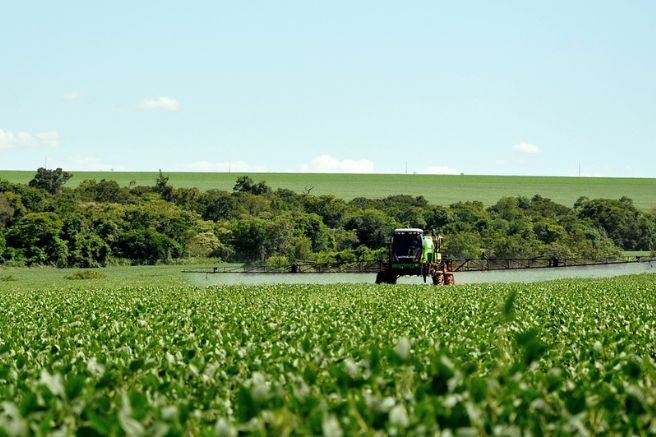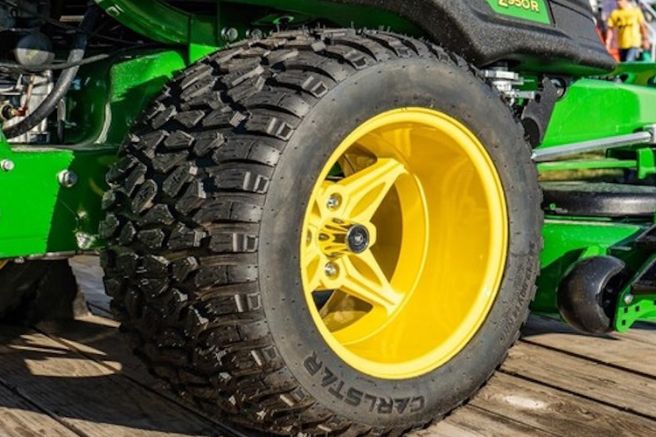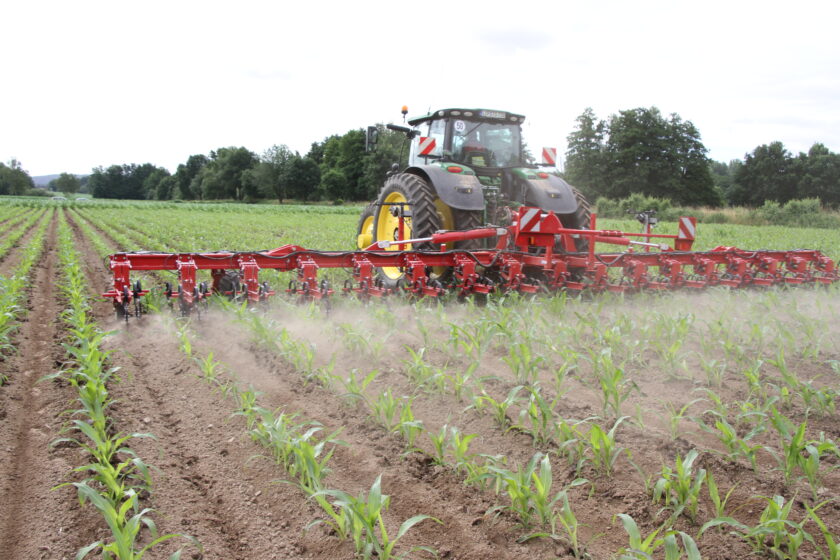
Integrated defense practices recommend alternating mechanical and chemical weeding, with values and limits for both choices
Mechanical or chemical weeding
In agriculture, each technical choice has its own values and limits, especially when it comes to protecting crops from parasitic attacks of plant origin. To combat the spontaneous flora that infest cultivated fields, there are many technical options available and the choices between the various solutions greatly depend on the type of crop, the season and any adverse phenomena such as, for example, resistance to some families of active substances. An initial subdivision of the scenarios can be made based on the type of crop, since weeding of tall crops, such as vines, olive trees and other fruit trees requires completely different techniques than that of low crops.
Chemical or mechanical weed control? Each crop has its own technique
But even among the latter there are profound differences, since the crop cycles are very different from each other being able to grow autumn-winter cereals, spring-summer crops such as rice, corn, soy, oilseeds or industrial crops such as tomatoes and potatoes. For each, high or low, both synthetic herbicides and mechanical equipment can be applied and if for the former a high specificity of action is required, such as to control the weeds without damaging the crop, with mechanical equipment this requirement is minimal, since the selectivity towards the cultivated plants is mostly of a positional type, in the sense that the working organs must hit the weeds without touching the crops.
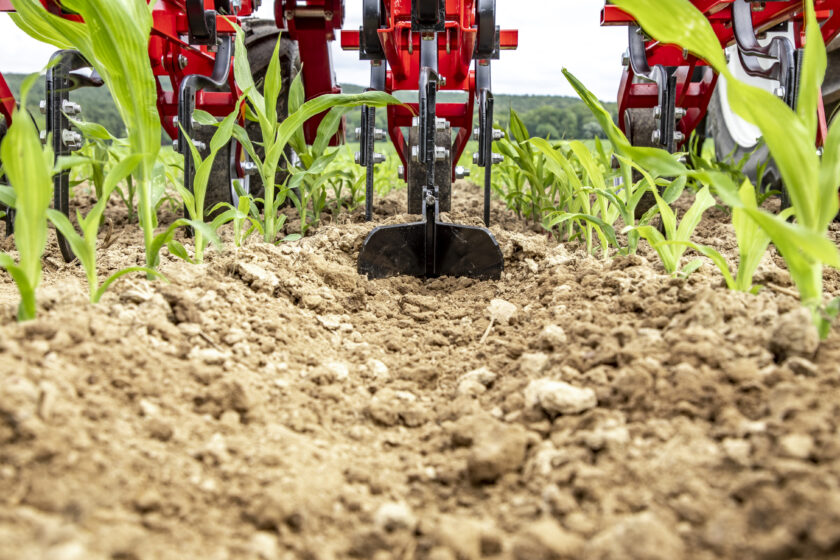
Precisely for this reason and as an example in viticulture and fruit growing there are machines that act only in the under-rows through star or toothed wheels that mix the first few centimetres of soil eliminating any unwanted plants. In this case, crop safety is guaranteed by special stem sensors that, by touching the base of the plants, cause the tool to move away from the central axis of the row in correspondence with the trunk.
In favor of the environment
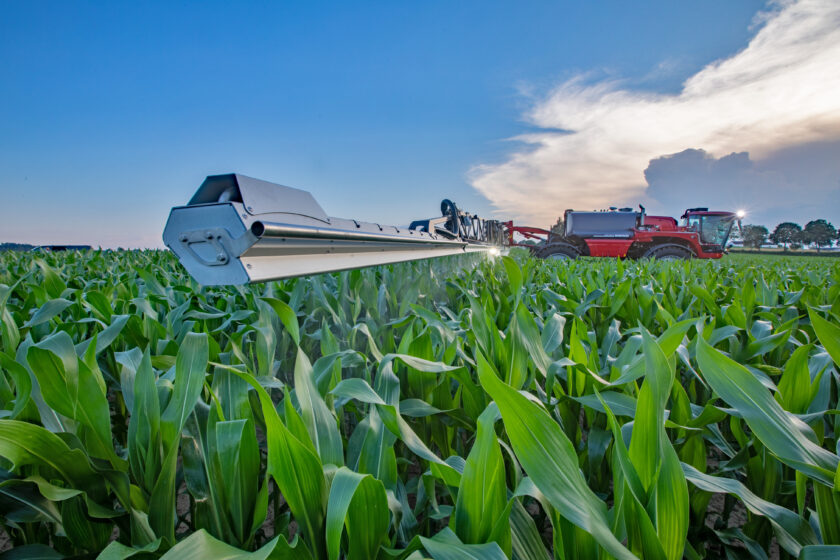
Alternatively, bell systems based on the delivery of high-pressure water have been developed. This reaches the ground in the form of rotating blades, penetrating the first few centimetres of soil and thus destroying newly emerged seedlings and those that have begun the germination process. The advantages of these practices are essentially environmental, as they allow for effective control of spontaneous flora without resorting to chemical herbicides.
However, they have some limitations, such as much longer weeding times, higher diesel consumption and the destructuring of the first centimetres of soil. In economic terms, the costs of herbicides are therefore saved, but more is spent in terms of manpower and fuel. Furthermore, if you operate in hilly environments, the loosened soil may be susceptible to possible erosion phenomena due to wind and rain.
Limits and problems
Mechanics also has its problems, which is why it would be good to always implement integrated management of weed control in tall crops, a practice that can be achieved with an initial intervention at the end of winter using herbicide mixtures based on a systemic product such as glyphosate. Active on weeds already present in the under-rows, combined with a residual product such as flazasulfuron, a sulfonylurea that offers a persistence of action for many weeks, preventing the development of plants born after the application. Plants on which systemic herbicides, which require the presence of plant tissue to penetrate the leaves and carry out their action, have no effect.
Hot helps mechanics
In summer, however, one or two mechanical interventions can be carried out, counting on the fact that the high summer temperatures and the scarcity of rain do not favor the growth of weeds in the days following the mechanical passage. Much more diversified technical approaches are encountered, as previously mentioned, in low crops. Without prejudice to the golden rule of alternating herbicides with different modes of action in order to avoid resistance phenomena. Mechanical interventions are also particularly different.

Advantages
In fact, there are “weedable” crops, such as corn, sunflower, soybeans, industrial tomatoes, potatoes and sugar beets, on which, after a pre-emergence weeding with synthetic substances, it is possible to carry out one or two passes with equipment equipped with anchors suitable for uprooting the plants present in the inter-rows that have escaped the chemical weeding. The advantage, in this case, is that the weeds are removed even when they have developed beyond the limit of effectiveness of the chemical herbicides. The disadvantage is that the weeding cannot act along the rows, an area in which the weeds are therefore not affected.
Furthermore, the aforementioned long processing times and the related diesel consumption are repeated. Suffice it to say that compared to an 18-meter weeding bar, a six-meter weeder must travel three times as far to cover the same surfaces.
The limits of narrow row spacing
Complexity of weeding then increases in straw cereals since the plants are sown tightly along the row and the row spacing is limited to a dozen centimeters. The equipment that can be used in the very early stages of cultivation are in this case harrows, equipped with very thin iron teeth whose passage is better tolerated by cereals than weeds. At least compared to dicotyledonous weeds, being more delicate than cereals themselves. Fact remains that graminaceous weeds have the same structural flexibility as cereals and therefore suffer less from the passage of harrows.
The proposals on the market
Lately, however, the market offers solutions based on plastic anchors and star wheels that can act in the center of the inter-row, effectively removing the plants present there without touching the crop. This is thanks to camera systems and satellite guidance that minimize contact between working organs and cultivated plants. Also in this case, therefore, it seems advisable to integrate chemical weeding practices, preferably pre-emergence, and mechanical post-emergence interventions.
By acting in this way, the use of active substances is minimized, while having to accept the higher consumption of diesel, and the risk of resistance phenomena to the herbicides themselves arising is removed. The action of the machines is in fact exclusively physical, an aspect that makes any adaptation by the weeds impossible.
Title: Chemical weeding or mechanical weeding? Each crop has its own technique





